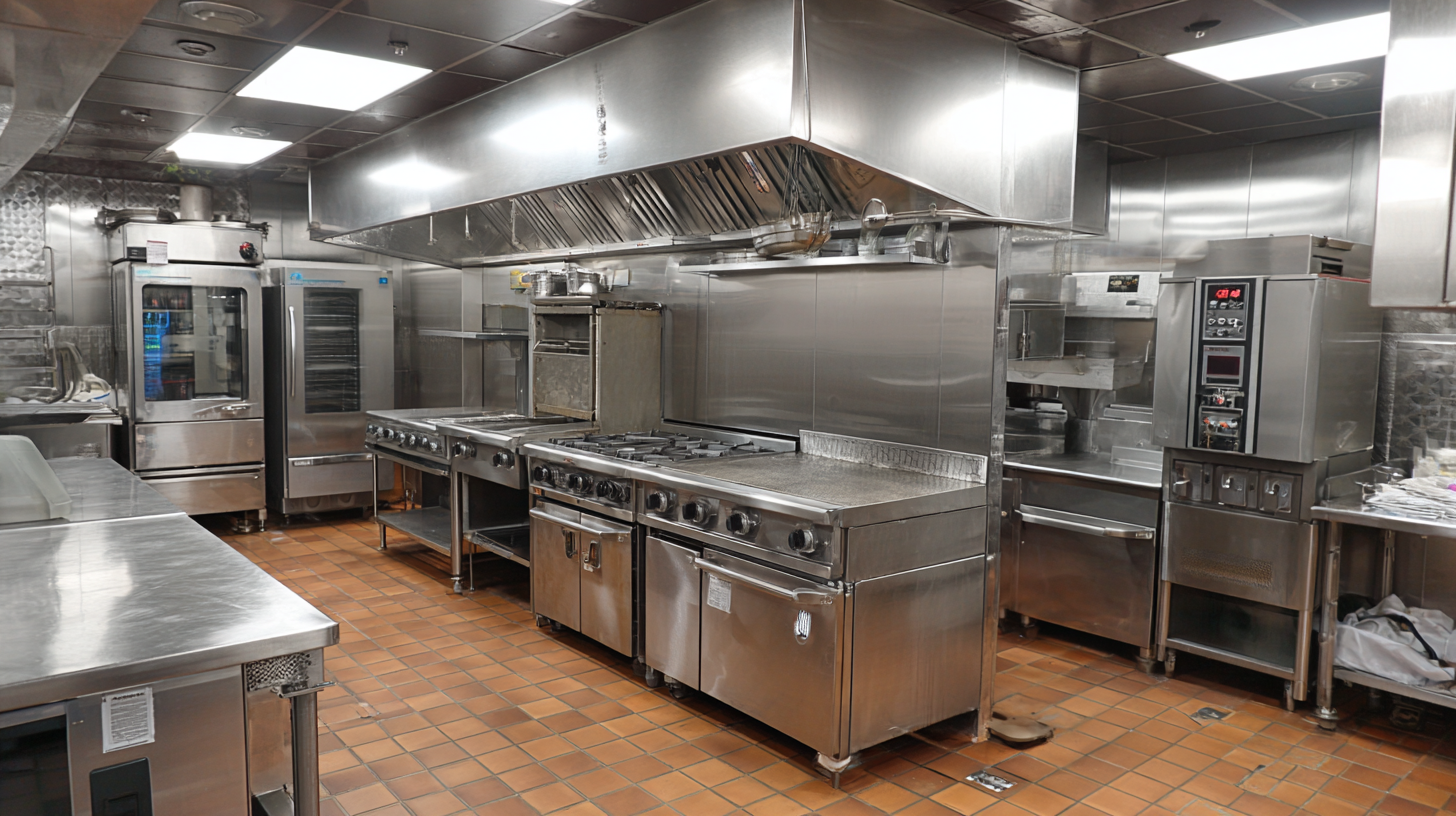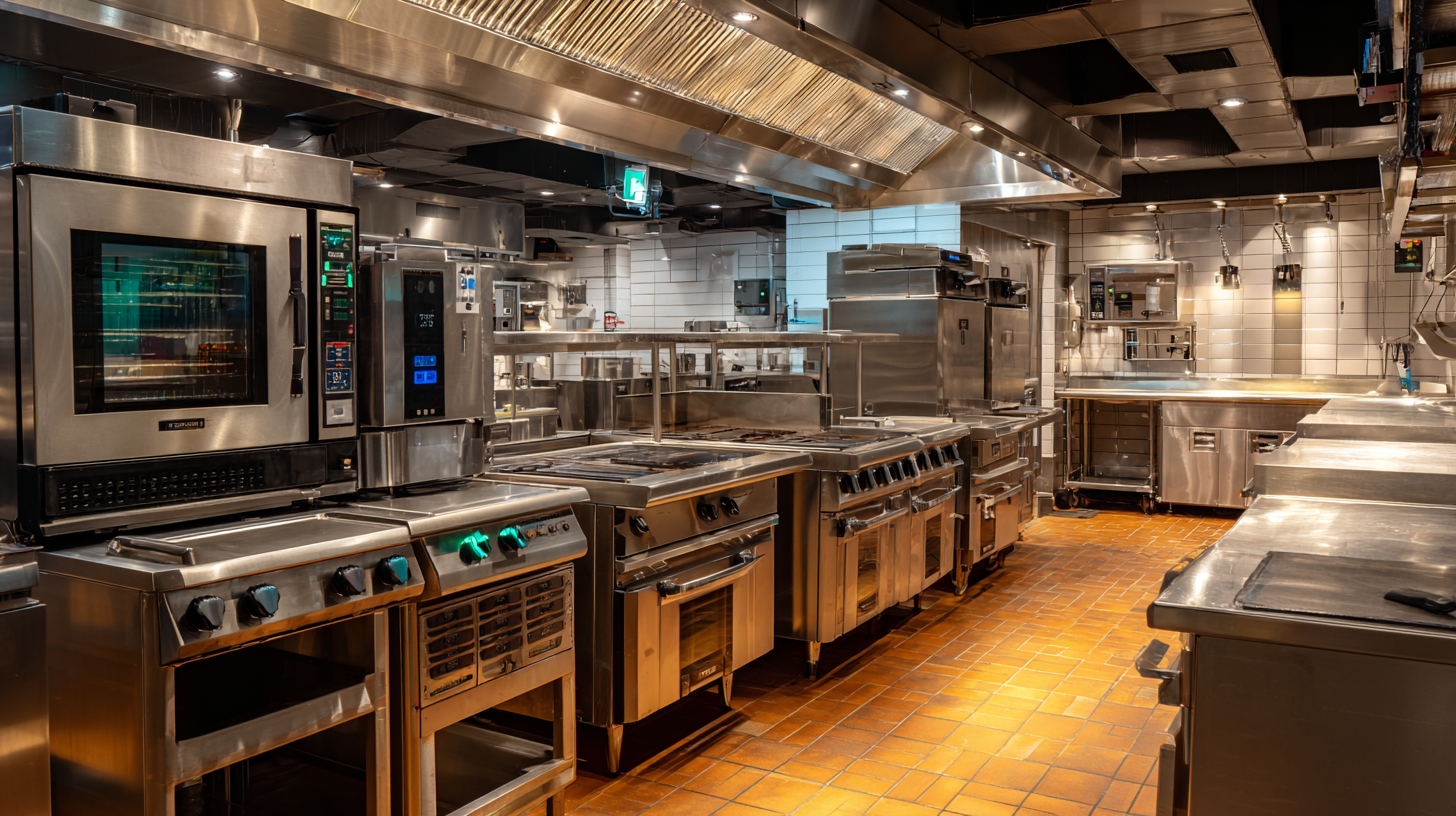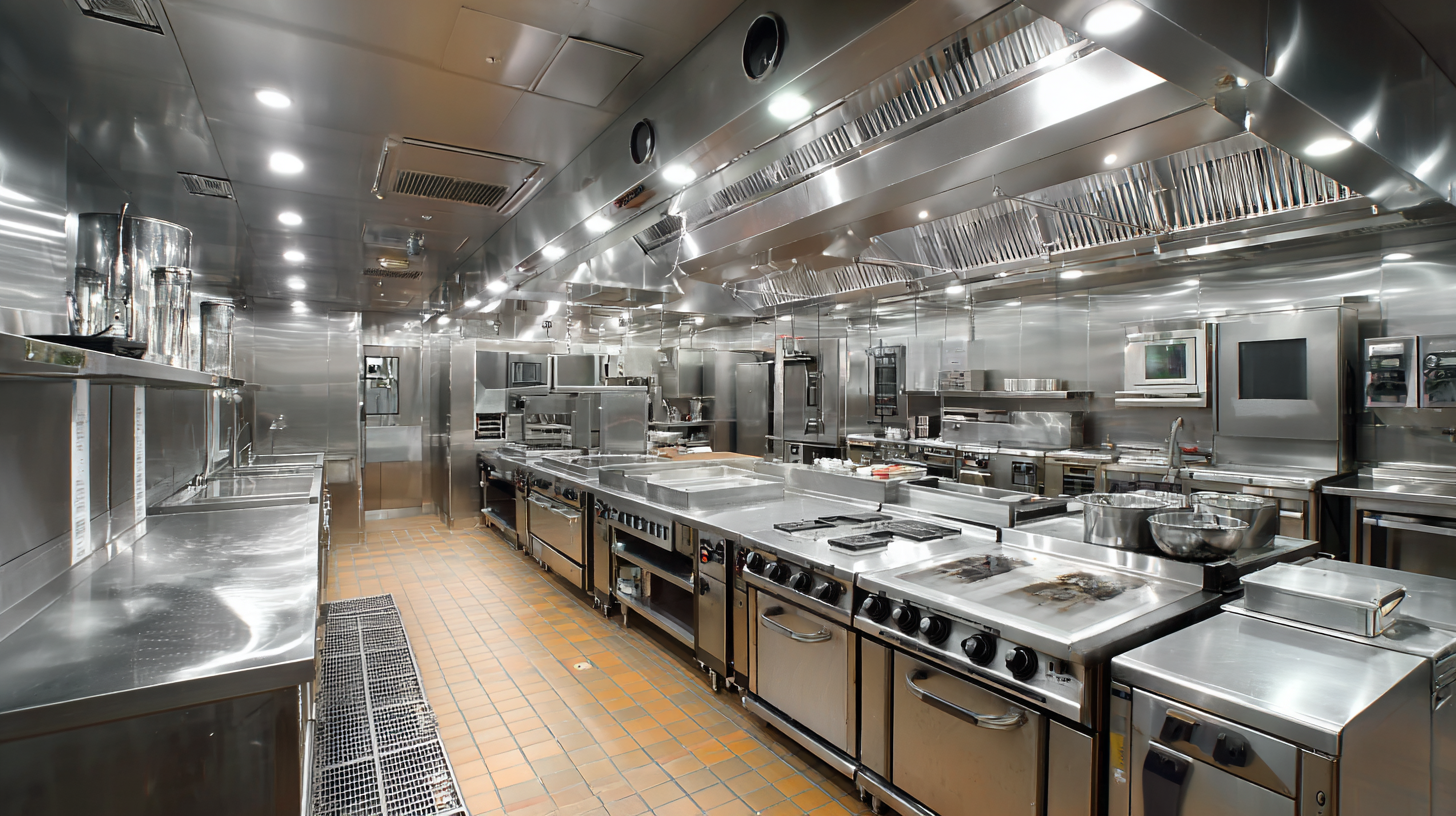Maximizing Your Investment in Best Restaurant Equipment through Exceptional After Sales Service and Maintenance Tips
In the competitive landscape of the foodservice industry, investing in high-quality restaurant equipment is crucial for operational efficiency and customer satisfaction. According to a report by IBISWorld, the restaurant equipment market in the U.S. is expected to reach $14 billion by 2024, highlighting the significant role that advanced equipment plays in achieving business success. However, the initial investment is just the tip of the iceberg; so much depends on the exceptional after-sales service and maintenance that comes with it. Proper maintenance ensures longevity and optimal performance, reducing the total cost of ownership over time. By understanding the specific features and recommended applications of different types of restaurant equipment, operators can make informed decisions to maximize their investment. This blog will delve into the characteristics and suitable usage of various equipment types, alongside practical maintenance tips to ensure your business thrives.

The Importance of After Sales Service in Restaurant Equipment Investment
When investing in restaurant equipment, many owners focus solely on the initial purchase price, overlooking the critical role of after-sales service. According to a recent report from the National Restaurant Association, approximately 70% of restaurant operators believe that after-sales service significantly impacts the long-term performance of their equipment. Exceptional after-sales support not only enhances equipment longevity but also minimizes downtime, a crucial factor in the fast-paced dining industry where every minute can translate into lost revenue.
Moreover, regular maintenance and prompt service are paramount for ensuring that restaurant equipment operates at peak efficiency. A study by the Foodservice Equipment & Supplies magazine revealed that well-maintained equipment could extend its lifespan by up to 50%. Investing in robust after-sales service agreements allows restaurant operators to not only safeguard their investments but also streamline their operations, ensuring that clients receive the highest quality dining experience without interruption. Prioritizing after-sales support can ultimately lead to higher customer satisfaction and increased profitability in the competitive restaurant landscape.
Maximizing Your Investment in Best Restaurant Equipment
This chart illustrates the impact of exceptional after-sales service and maintenance on the longevity and performance of restaurant equipment. Effective after-sales service can significantly enhance return on investment (ROI) for restaurant owners.
Cost-Effectiveness of Reliable Maintenance Practices for Restaurants
In the competitive landscape of the restaurant industry, the importance of cost-effective maintenance practices cannot be overstated. According to a recent industry report, restaurants that prioritize regular maintenance of their equipment can extend lifespan by up to 30%, significantly reducing the frequency and cost of replacements. This proactive approach not only leads to substantial savings but also ensures operational efficiency, ultimately enhancing customer satisfaction.

Furthermore, the integration of advanced technologies such as deep learning and machine learning in supply chain management is revolutionizing how restaurants handle their maintenance processes. By analyzing data patterns, restaurants can forecast potential equipment failures and schedule maintenance just in time, thereby minimizing downtime. Research indicates that restaurants implementing such smart supply chain solutions have reported reductions in maintenance costs by as much as 20%. Investing in reliable after-sales service and adopting these innovative maintenance strategies are essential steps for any restaurant aiming to maximize their investment in restaurant equipment.
Strategies for Choosing the Right Service Provider for Your Equipment
When it comes to maximizing your investment in restaurant equipment, choosing the right service provider is crucial. The ideal service provider should offer comprehensive maintenance plans tailored to your specific needs. Look for companies that have a solid reputation in the industry, as well as certified technicians who are proficient in the type of equipment you use. Understanding their response time for repairs and the availability of spare parts can also indicate how reliable they will be in maintaining your operations.
Furthermore, it’s wise to ask potential service providers about their after-sales support. A proactive approach is essential—choose a partner who offers regular check-ups and preventive maintenance services. Inquire about their training programs, as this ensures your staff knows how to operate the equipment efficiently, reducing the likelihood of malfunction. By prioritizing these factors, you can foster a long-term relationship with your service provider, ultimately enhancing the performance and longevity of your equipment while ensuring your restaurant operates smoothly.
Maximizing Your Investment in Best Restaurant Equipment through Exceptional After Sales Service and Maintenance Tips
| Equipment Type | Maintenance Frequency | Service Provider Rating | Average Response Time | Annual Maintenance Cost |
|---|---|---|---|---|
| Commercial Oven | Monthly | 4.5/5 | 2 Hours | $800 |
| Refrigeration Unit | Quarterly | 4.7/5 | 1 Hour | $600 |
| Dishwasher | Monthly | 4.2/5 | 3 Hours | $500 |
| Fryer | Bi-Monthly | 4.4/5 | 2.5 Hours | $450 |
| Griddle | Quarterly | 4.6/5 | 1.5 Hours | $550 |
Common Maintenance Issues and How to Address Them Efficiently
When investing in high-quality restaurant equipment, it is essential to understand common maintenance issues and how to address them efficiently. According to a report by the National Restaurant Association, nearly 70% of restaurant owners identify equipment malfunction as a significant contributor to operational downtime. Regular maintenance not only prevents such issues but also extends the lifespan of equipment, ensuring that your investment continues to pay off.
One common issue is the buildup of grease and food particles in ovens and fryers, which can lead to inefficient performance and increased energy costs. To combat this, implement a weekly cleaning schedule. Tips include using a non-corrosive cleaner and ensuring that heating elements are free from residue. Additionally, training staff on proper cleaning techniques can drastically reduce the likelihood of equipment failure.
Another prevalent problem involves refrigeration units failing due to improper temperature settings or blocked vents. Industry studies show that maintaining the correct temperature can reduce spoilage by up to 30%. Regularly checking and adjusting settings, along with routine inspections for air circulation, will help keep your food fresh and your operations running smoothly.
Enhancing Longevity: Maintenance Tips for Essential Restaurant Tools
To ensure the longevity of essential restaurant tools, regular maintenance is crucial. According to a report by the National Restaurant Association, neglecting equipment upkeep can lead to a staggering 30% reduction in tool lifespan, resulting in substantial replacement costs. Implementing a routine maintenance schedule not only preserves the functionality of your equipment but also enhances your overall operational efficiency.

Tip 1: Regularly clean and sanitize all kitchen equipment to prevent the buildup of grease and food particles. For instance, a simple weekly deep-clean can significantly reduce wear and tear, prolonging the life of ovens, grills, and refrigeration units.
Tip 2: Keep an eye on the calibration of equipment such as ovens and thermometers. Studies have shown that improperly calibrated tools can lead to food spoilage and loss, with potential financial implications reflecting up to 10% in wasted inventory. Regular calibration checks help maintain optimal performance and food safety.
Tip 3: Invest in employee training for proper equipment usage. The Foodservice Equipment & Supplies magazine states that improper use is a leading cause of equipment failure, contributing to up to 40% of malfunction cases. Well-trained staff can handle tools correctly, minimizing accidents and ensuring longevity.
